Jim Tyler investigates whether this can actually happen, or if it’s just another spring airgun myth
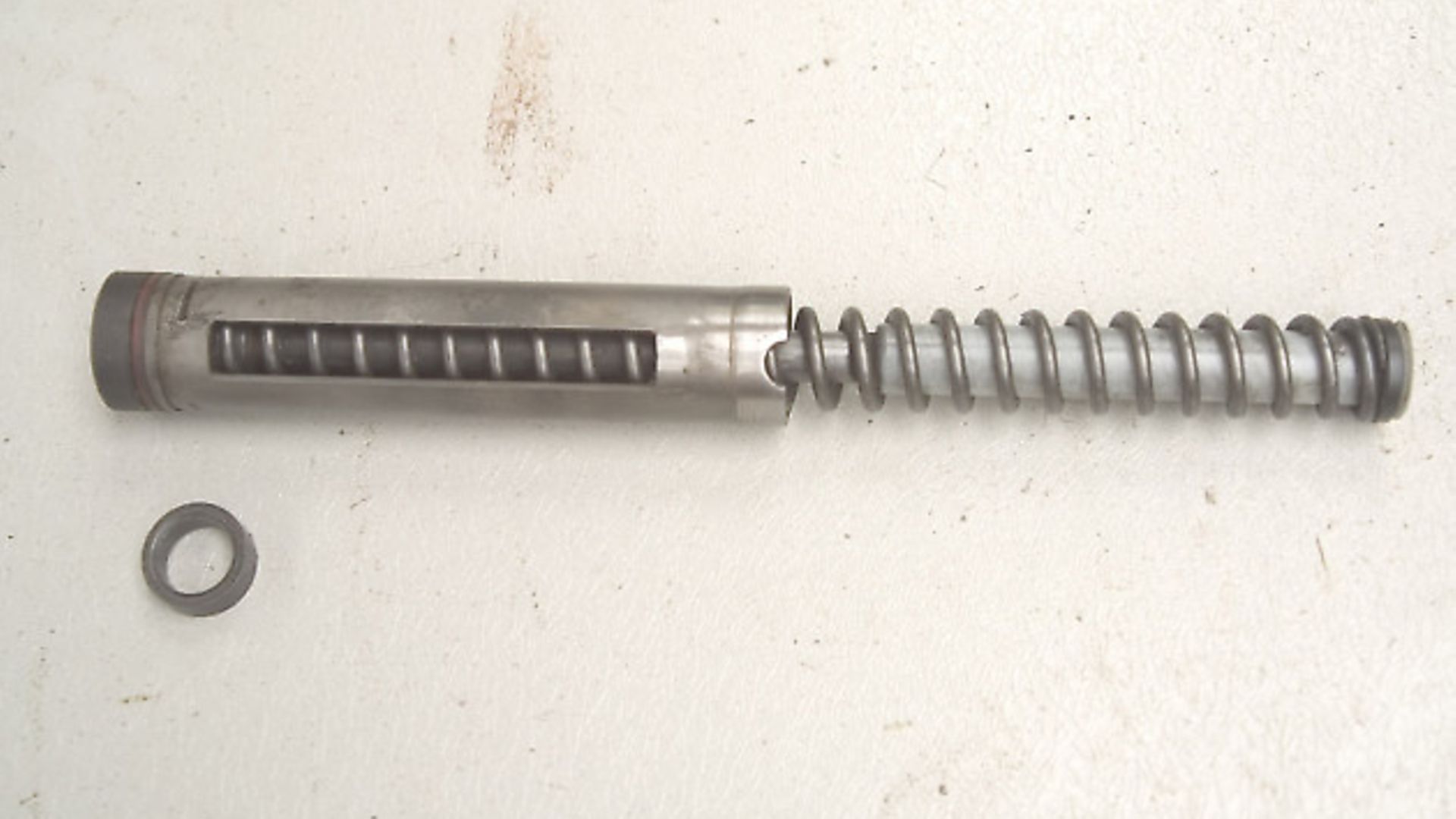 credit: Archant
credit: Archant
It’s not easy to track down anyone with first-hand experience of a heavy pellet causing premature failure of a mainspring, though plenty of people seem to know someone who knows someone who has suffered it.
In spring airguns, heavy pellets tend to produce lower muzzle energy as they have higher inertia (resistance to movement) and slower acceleration. So the piston is starting its return stroke, and cylinder pressure falls, before the pellet has reached much in the way of velocity.
The spring and piston will have put the same energy into the air as they would with a light pellet, but as less of that energy has been transferred to the pellet, more is available to push the piston back up the cylinder and, in fact, the shot cycle with heavy pellets tends to be characterised by greater piston bounce.
 credit: Archant
credit: Archant
Dieseling
Dieseling occurs at high cylinder air temperatures and, because heavy pellets tend to hang on longer before starting to move, it is far from unknown for an airgun to diesel with heavy pellets, but not lighter ones. Some people recommend shooting a few heavy pellets to burn off surplus cylinder lubricant as a quick cure for dieseling, though it’s better to strip and degrease the rifle.
Dieseling was at one time held to be disastrous to the health of a spring airgun, then essential for it to ‘make the power’, when all the time neither was true.
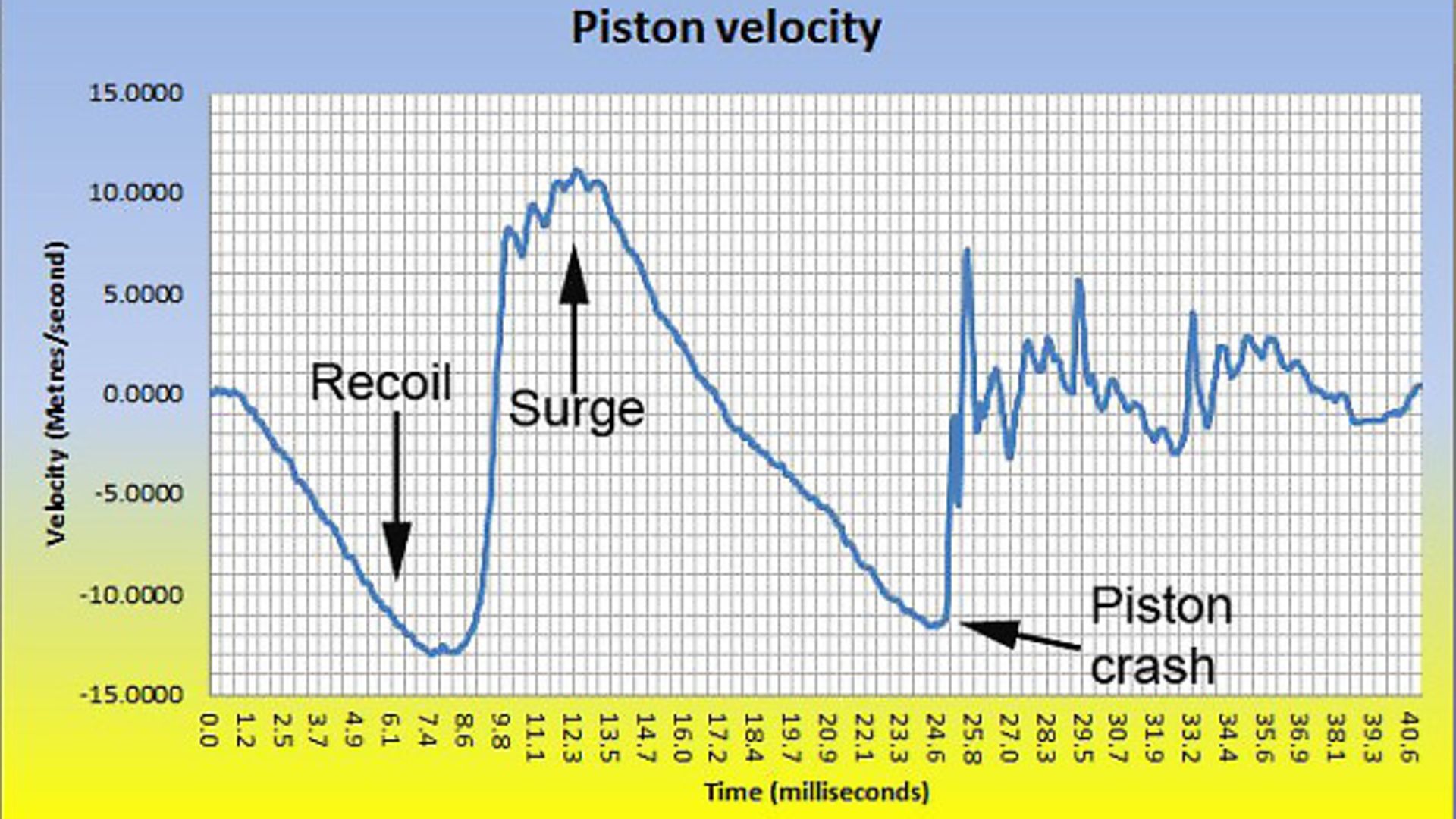 credit: Archant
credit: Archant
A lot of people don’t understand the nature of dieseling. It isn’t a huge release of energy that itself boosts pellet energy, but a small increase in energy that gives the pellet a gentle nudge and gets it on the move sooner in the compression stroke. This increases the efficiency of energy transfer as it and the piston are traveling in the same direction, when energy transfer is greatest, for longer.
The increased energy efficiency seems to outweigh the extra air pressure generated by the diesel, and in my tests, the piston bounce with a rifle deliberately set up to diesel was slightly less than a non-dieseling shot.
So even though heavy pellets increase the chance of dieseling, it’s nothing to do with mainspring failure.
 credit: Archant
credit: Archant
Detonation
Dieseling is a burn in the cylinder in which the flame front travels at sub-sonic speed, and detonation is a flame front moving at supersonic speed. This generates a lot more energy very quickly, very little of which finds its way into the barrel to help propel the pellet, while the majority pushes the piston back up the cylinder.
I once deliberately set a rifle up to detonate. To achieve this, I had to resort to putting a flammable liquid that evaporated at low temperature in the cylinder, I had to use a very stiff spring to generate high air pressure and temperature, and I had to shoot a very heavy pellet, a 15 grain .177.
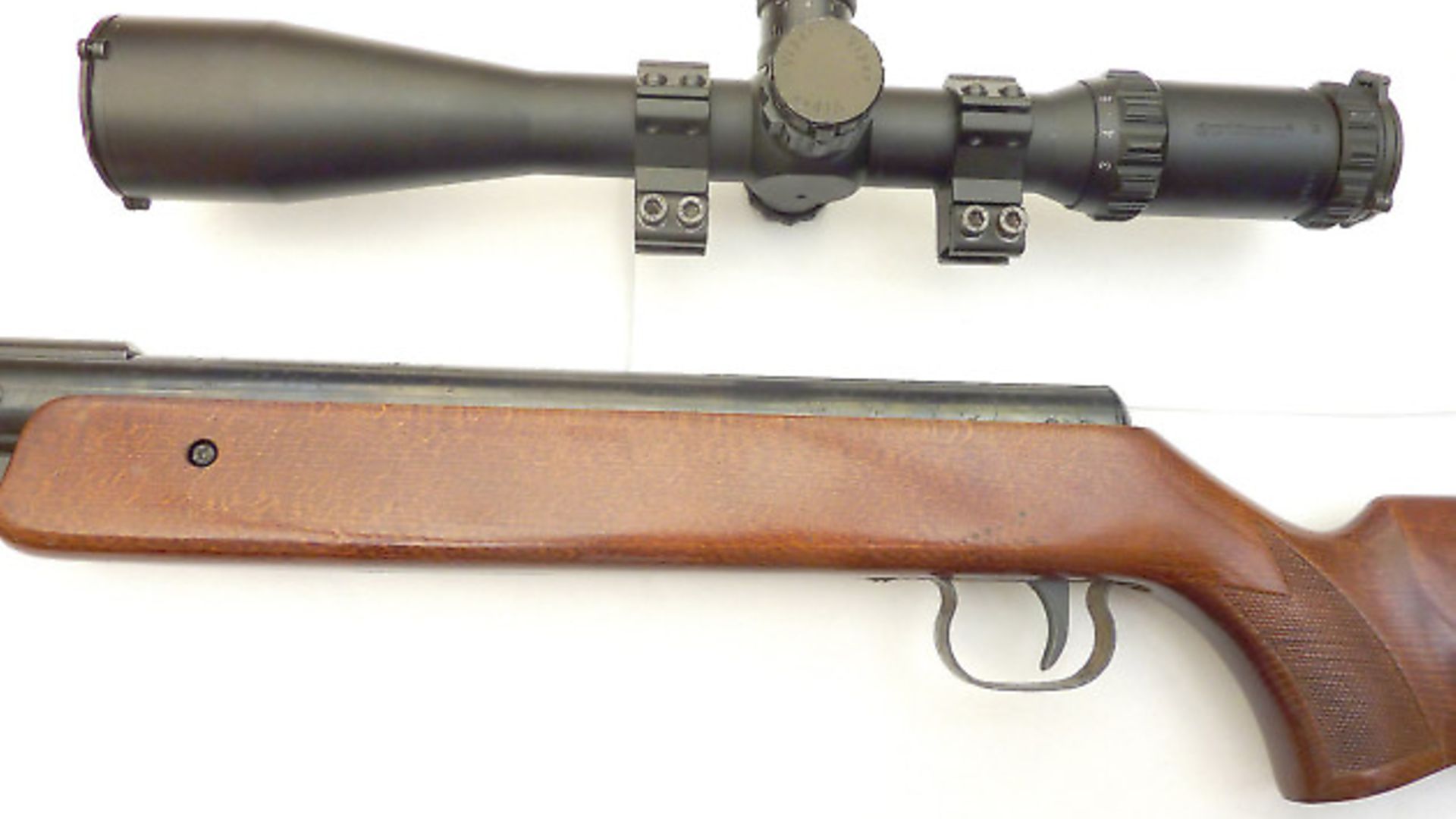 credit: Archant
credit: Archant
When the rifle detonated, the piston was pushed back up the cylinder at only slightly less than the peak velocity it achieved during the compression stroke, around 10 metres a second,(M/s). It travelled 70% of the way back up the cylinder before the mainspring was able to bring it to a halt, and then power it forward to crash into the cylinder end wall at just over 11 M/s. No spring airgun could survive many detonations without some internal damage, and the first component to fail will probably be the mainspring.
At the root of the spring failure is a clash of wave displacement fronts. At piston bounce, the front of the spring is brought to an abrupt halt, and then violently recompressed but, further back, some of the rear portion of the spring is still traveling forward. Where the two wave displacement fronts collide, a few coils from the rear, springs are inclined to failure and sometimes breakage.
Spring failure
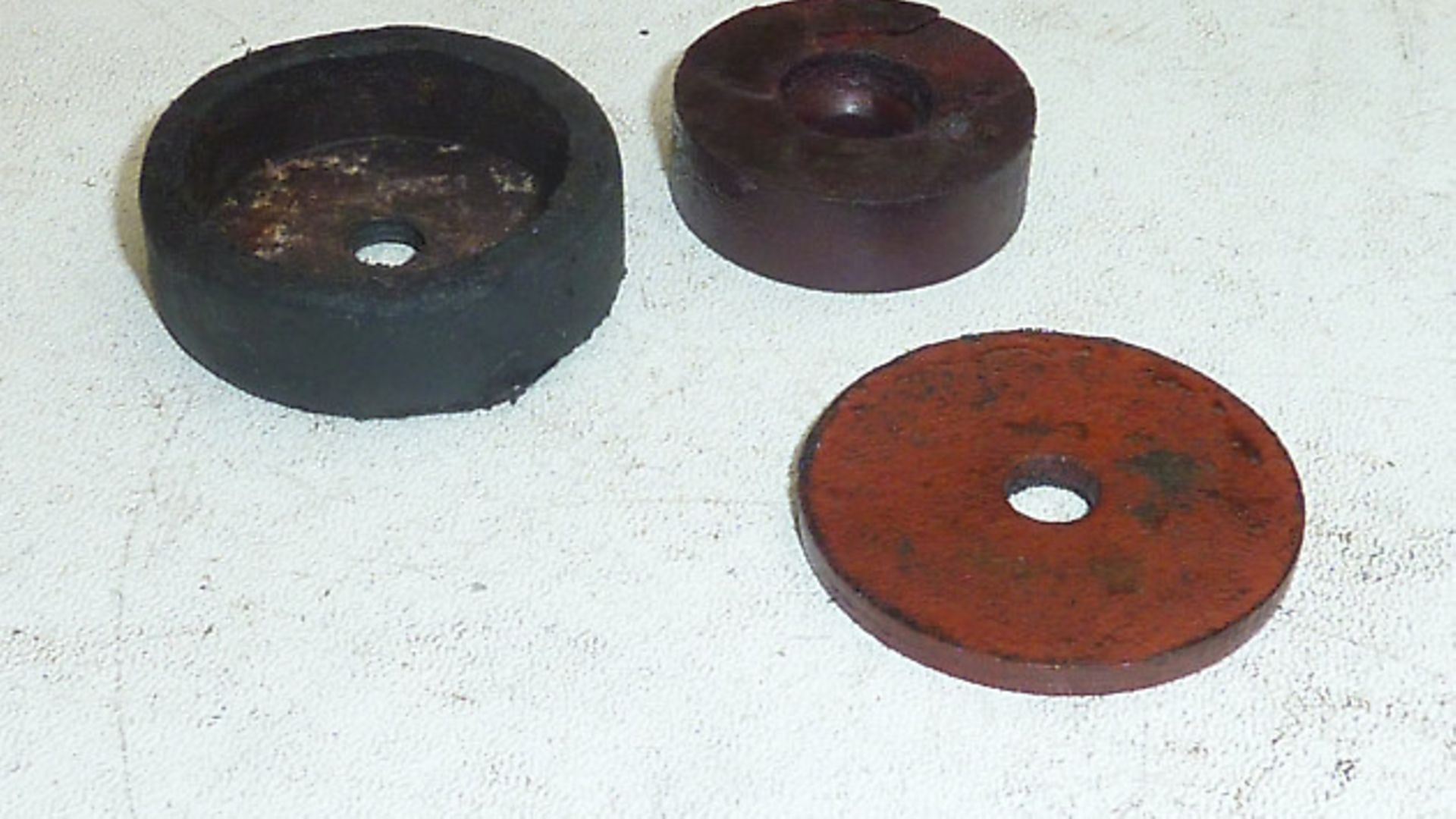 credit: Archant
credit: Archant
Springs naturally lose a little of their free length in use as time goes by. This is called ‘creep’, and it’s just a reduction of a few millimetres that has no effect on the stiffness of the spring, and any small loss of muzzle energy can be restored with a millimetre or two of preload.
With enough use, springs start to lose their stiffness as well as length, which is called ‘relaxation’, and this will have a big effect on muzzle velocity, and the spring has reached the end of its useful life.
In addition to creep and relaxation, it is known for a coil or a short length of several coils to suddenly close up, so the spring loses length, and its ability to store energy is greatly reduced. Localised failure like this is probably due to the same cause as breakage, which is repeated wave displacement front collisions, most often toward the very rear of the spring.
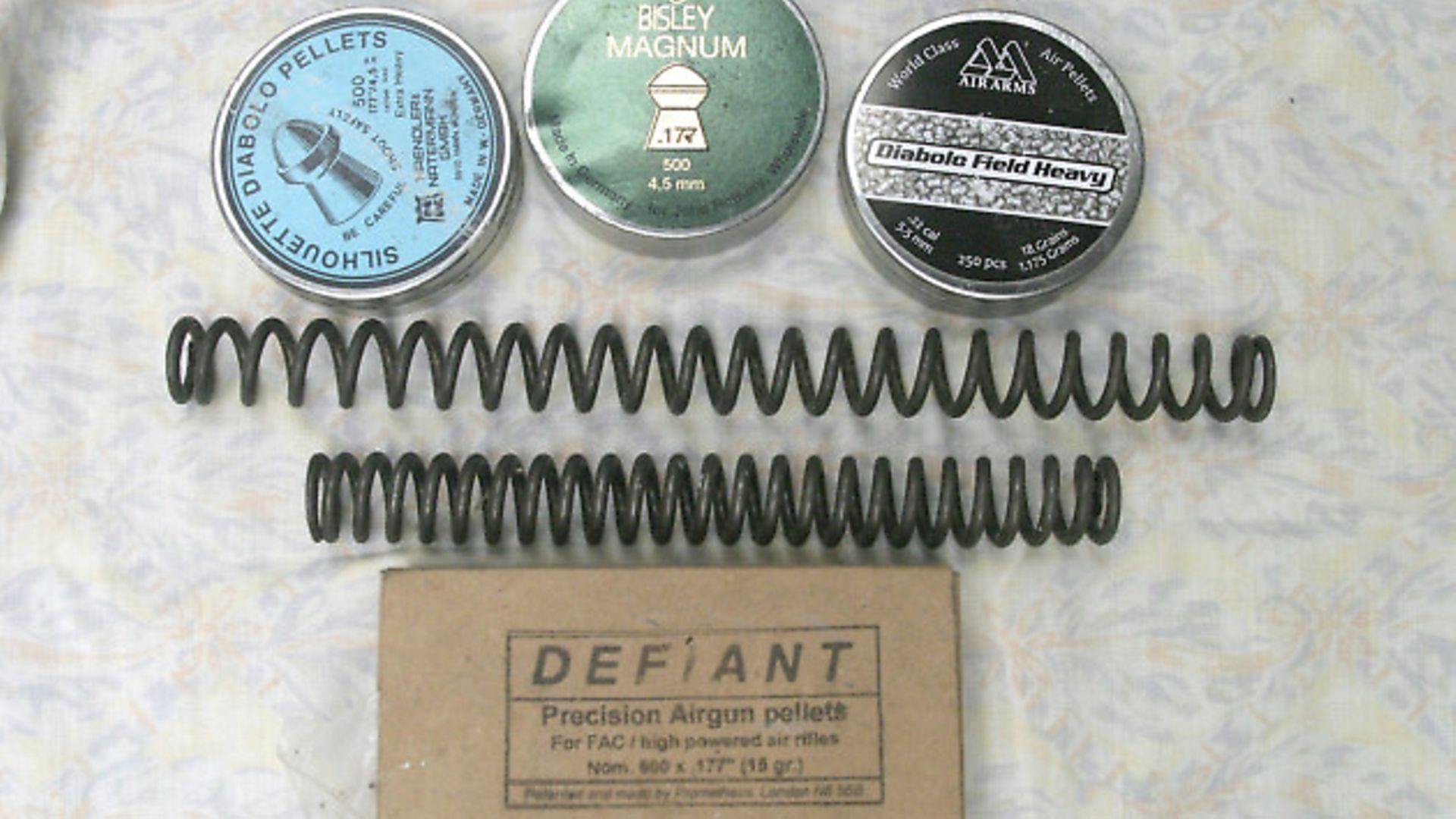 credit: Archant
credit: Archant
State of tune
The state of tune of a spring airgun probably plays a huge role in determining whether mainsprings fail prematurely. Most if not all adult sized airguns can easily achieve the UK legal limit but, in an effort to reduce recoil, many people reduce the length of the piston stroke and/or the piston weight, either of which demands that the piston is driven further along the cylinder if muzzle energy is to be maintained, placing the mainspring under greater stress.
A reduction in piston mass or stroke raises the peak cylinder pressure needed to achieve a given muzzle energy, and the elevated pressure means more force to drive piston bounce. On its own, a modest increase in piston bounce should not cause the spring any problems, though if it increases the violence of the wave displacement front collision, premature failure is quite feasible.
 credit: Archant
credit: Archant
Rifles exceeding the UK legal limit are again probably more prone to spring failure. An internet search for ‘airgun spring failure’ returns a lot more results from countries that don’t have a legal limit, where manufacturers vie to wring the last drop of performance out of their rifles in order to be able to claim the highest muzzle velocity in their advertisements. Te most probable cause again is repeated and violent spring wave displacement front collisions.
Final analysis
If premature spring failure (either relaxation, coil collapse or breakage) is more common with heavy pellets, it won’t be because of the pellet itself, but either it has nudged the compression stroke into detonating, which is unlikely, or its slow progress up the barrel has altered the dynamics of the mainspring activity and caused a more violent wave displacement front collision.
On a lesser scale, it’s feasible a fairly new mainspring not scragged properly will lose length in setting more rapidly if used with heavy pellets, although that doesn’t qualify as damage as it would happen with any weight of pellet, albeit a little more slowly with lighter pellets.
An adult-sized spring airgun working within the UK limit should not suffer any problems as a result of using heavy pellets.
____________________
You may also like:
Q&A: pellet power
Gary Wain investigates: bent pellets
Stripping a spring-piston rifle
Ballistics: Velocity and accuracy
Q&A: Fixed barrels or break-barrels?
Airgun Guru: Recoil